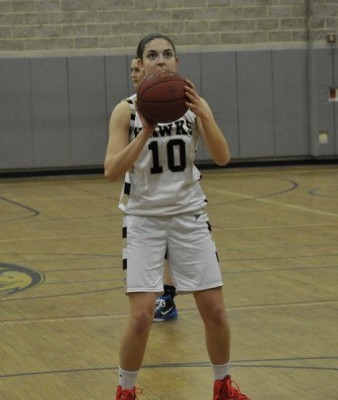The crowd cheers, and the noise is deafening, as a star player scores the winning touchdown at a college football game. His team gathers around him in excitement, and fans rejoice. As commentators spew statistics and viewers at home exclaim in surprise, money rolls into the winning college.
Colleges with successful football programs can earn up to $100,000,000 annual revenue from ticket sales, donations, etc. The most profitable college football team as of 2014 is the Texas Longhorns, making a profit of about $92 million. Others such as the Tennessee Vols follow closely behind making a profit of $70 million and the LSU Tigers at $58 million.
How do these massive profits relate to NCAA sports scholarships? It means that football receives more scholarships than any other college sports, and accounts for the gap between number of men’s and women’s sports scholarships awarded. According to the Women’s Sports Foundation, women receive $183 million less in NCAA sports scholarships than men as of 2013. Though that was three years ago, not much progress has been made, and that margin has not drastically slimmed. Women are offered 193,000 opportunities at NCAA colleges across the nation, which is 63,000 less than the 256,000 opportunities men receive to participate in college physical activity.
Girls in high school have become more involved in sports programs as the years go on. In 1972, only about 1 out of 27 girls played a high school sport. Today that number has gone up to 2 out of 5. Girls show an equal interest in athletic participation as boys, and yet feel less confident in their ability to play a sport in college.
Sophomore Jordan Theroux expresses her opinion on the subject saying, “I feel that being a male athlete would give me more opportunities to get sports scholarships than being a female athlete.” In the end, boys are more likely to pursue and receive athletic scholarships than girls.
Colleges show greatest interest in football players, and other sports, especially women’s, cannot compare. The most profitable men’s college basketball team of 2014 was the University of Louisville, bringing in about $24,000,000 profit, incomparable to the Texas Longhorn’s $92,000,000 in football profit. Meanwhile, the most profitable women’s basketball team in 2011 made a profit of $13,000,000.The majority of other women’s basketball teams ended up in the red, meaning they operated at a loss, with expenses being higher than their revenue. Women’s basketball is not the only sport racking up debts. Sports such as gymnastics, volleyball, soccer, and even 50% of football teams, oftentimes cost colleges more money than they bring in. The debts for many teams go into the millions which is when money made from football comes in handy to pay them off and keep the sport running.

What could account for football’s enormous profit, and the struggle of other sports, particularly womens, to stay afloat? One might think that college football is simply more watched than men’s basketball, and women’s basketball is even less watched than the other two. However, this is not always the case and could not account for the millions of dollars in difference. Even women’s basketball teams with the highest fan attendance rates ended up in debt. The force behind profit is donations, which women’s basketball receives little of. According to Kristi. A. Dosh of The Business of College Sports, women’s basketball in Southeastern Conference schools receives $1 for every $6.02 donated to men’s basketball, and $1 for every $67.03 donated to football.
Girls receive less sports opportunities because society treats women’s sports as less important. They don’t even receive similar donation rates as their male counterparts. A sports scholarship seems more attainable to a successful football player than to a girl even if she is extremely skilled at a sport such as basketball. With more girls actively participating in organized sports than ever, it is time for a change, and equal opportunity for both genders to be active.



















